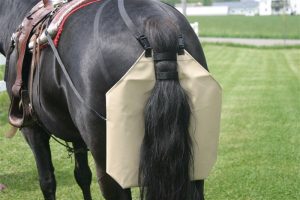This is a crazy story. In Russellville Kentucky there are several Amish that have been ticketed for letting their horses poop where ever they wish.
https://www.usnews.com/news/best-states/kentucky/articles/2017-05-25/trial-set-for-amish-over-horse-poop-catching-bag-violations





 The Left is notorious for their friendly-sounding nomenclature of bills. The American Recovery and Reinvestment Act was the phony stimulus bill; the Patient Protection and Affordable Care Act is Obamacare; Wall Street Reform and Consumer Protection Act is Wall Street regulation. Each of these monstrosities have the same thing in common: they do the exact opposite as they’re advertised. And that’s why S-510, the Food Safety Modernization Act needs to be stopped from turning into law. It goes to the Senate floor for a vote the day after Thanksgiving.
The Left is notorious for their friendly-sounding nomenclature of bills. The American Recovery and Reinvestment Act was the phony stimulus bill; the Patient Protection and Affordable Care Act is Obamacare; Wall Street Reform and Consumer Protection Act is Wall Street regulation. Each of these monstrosities have the same thing in common: they do the exact opposite as they’re advertised. And that’s why S-510, the Food Safety Modernization Act needs to be stopped from turning into law. It goes to the Senate floor for a vote the day after Thanksgiving.



Animal ID Rule Filed with OMB for Final Review
Apr 27
Posted by admin in ADT, NAIS | 1 Comment
Memo ~~ USDA knows 18% of the beef consumed in the USA was imported
in 2011 because the nation does not produce enough product to feed
it’s people, yet more costly rulemaking is assessed upon producers
by bureaucrats. This document is vague and impossible to determine
the teeth, however, be assured, the devil is in the details. Once
Hammerschmidt gets this approved and mandatory he will personally
add the teath. There will be no more listening sessions or public
comments — the federales will have their way, regardless of the
majoritie’s oppositon.
Yesterday, USDA submitted it Animal Disease Traceability Rule to the
White House Office of Management and Budget for final review. See
Below.
This is one obstinate agency.
Tags: 0579-ad24, ability trace livestock, act, additional, affected, agency, agenda, agriculture, america, Animal Disease Traceability, animal health, animal traceability, animal traceability system, APHIS, benefits, benefits include, cfr, comment, control eradicate, costs, data, date, department, disease livestock, disease program, event disease, federal, final rule, flexibility, government, icvis, identification, identification icvis, improve ability, improve ability trace, incremental costs, inspection, interstate movement, legal deadline, listening sessions, livestock event, livestock event disease, livestock moved, livestock moved interstate, major, NAIS, national, Neil Hammerschmidt, nprm, official animal, pest disease, pest disease livestock, plan, program, proposed regulations, public comments, regulations, regulations improve, regulatory, required, rin, rin 0579-ad24, river, rulemaking, secretary, significant, stage, state, states, states tribes, title animal, title animal disease, trace livestock, trace livestock event, traceability system, unit, USDA